"Reimagin[ing] Familiar Stories with Different Faces"
In 2018, I wrote an essay for the Horn Book about my experience having created a photo series with my then-five-year-old daughter, Apple, after she asked me, “Mama, why are most of the people in my fairy tales white?” I spent the following year photographing her in the lead roles of several well-known fairy tales, including “Little Red Riding Hood,” “Rumpelstiltskin,” and “Beauty and the Beast.”
 "When I was twelve years old, I was cast as the lead in my middle-school play Marian, or The True Tale of Robin Hood. Maid Marian, a spirited and skilled noblewoman, assumes the identity of Robin Hood. Guiding a band of Merry Outlaws, she takes charge in opposing the avaricious Prince John and, in the guise of her impersonation, develops a blossoming romance between her and Little John (Robin Hood’s sidekick). [Abigail, at right. This photo is copyright 2024 by Kristen Emack. All rights reserved.]
"When I was twelve years old, I was cast as the lead in my middle-school play Marian, or The True Tale of Robin Hood. Maid Marian, a spirited and skilled noblewoman, assumes the identity of Robin Hood. Guiding a band of Merry Outlaws, she takes charge in opposing the avaricious Prince John and, in the guise of her impersonation, develops a blossoming romance between her and Little John (Robin Hood’s sidekick). [Abigail, at right. This photo is copyright 2024 by Kristen Emack. All rights reserved.]
When we had begun to assemble costumes months into the production, the director told me I’d wear a blond wig as Marian. She said it was to distinguish Marian from Robin Hood so as not to confuse the audience. An unsightly thing it was. The wig was every hue from white-spun sun to golden browns, all married into long, flowing locks. It fell to my hips and swayed when I walked. I hated the way it draped on my head — this uninvited guest, this impostor of hair.
The production carried on, and I felt an uncomfortable blend of self-loathing and self-discovery. With each stride and sway, I recognized that the blond wig, which I had found so ugly, made the play more ‘plausible.’ That in the director’s musings over the audience, her apprehension spoke of something deeper — of a doubt that a portrayal of Marian could be wholly embraced if borne by me alone.
I understood then that Black girls defied the realm of tender gentility and cultivated elegance. That I was too sharp where I should be soft, defiant in the eyes where I should be delicate, that the contours of my nose betrayed my femininity. I was not beautiful enough to trick an audience, but most importantly, I understood then that Black girls didn’t belong in the realm of literary fables as we are.
Cut to the future. I am sixteen, nearly seventeen, and I have just begun to feel beautiful. My hair cascades longer, my nails are always painted, but my nose remains as it was. I live in a world where we have begun to reimagine familiar stories with different faces. When I think back to all that time I exhausted trying to remold myself, in front of the mirror, kneading the cartilage of my nose and stretching the skin of my face, dreaming of corn-colored hair and freckled cheeks, I wonder if someone had sat me down and said, ‘This is for you, Black Girl. You have a place here, Black Girl. You are to observe and participate, Black Girl,’ then maybe I would have led the rest of my life feeling pretty.
Tell your Black daughters they’re beautiful, and tell your Black sons they’re handsome. Admire, honor, and praise their beauty (as much as their intellect) early and often. Drown out the white noise. I don’t like fairy tales. I know that they have belonged to nonwhite readers from the beginning, but here’s the truth of it: I cannot unweave what has already been seized, overrun, and subjugated. I know that’s maybe not what some people want to hear, but I find no allure in mere reinvention. I want tales unabridged, unedited, voices unfiltered and experiences raw and undiluted. It is a yearning born not of obstinacy, but of an abiding respect for the integrity of stories — my story — in its fullest, unadulterated glory.” —ABIGAIL
"I loved the magic and characters in fairy tales. I remember my teacher reading them to me in my kindergarten class. I don’t specifically remember thinking about how fairy tales had all white characters, maybe because I had the opportunity to read other books that had characters of different races, but I would like to see more diverse fairy-tale characters.” —SIOBHAN
"I remember being fascinated by fairy tales when I was younger, and I loved Disney a lot, but I especially loved Jasmine because she was the closest thing I had to a familiar face. I realized once I was older that she wasn’t actually strictly South Asian, and I don’t remember finding any other princesses or characters that were South Asian, so I hope that one day little girls can see themselves in their favorite fairy-tale books or movies and not feel unseen!” —SHAHRIA
"I recently told my high school English teacher that I never saw any nonwhite characters in the fairy tales that were read to me in elementary school. He told me fairy tales are part of the Massachusetts frameworks and are required in the curriculum for second grade. How can something be required that doesn’t reflect the diversity of the students? Doesn’t seem right.”
—WEYNI
"When I was a little girl, I went to the pool all the time. I loved to swim. I was with my friends once, I was nine or ten, and we were swimming in the deep pool playing mermaids. I wanted to be a mermaid, and I let out my curly hair. I told my friends I wanted to be a mermaid too, but they told me I couldn’t because of my hair; I had to be a seaweed monster instead. Being told I wanted to be something beautiful but I had to be something unbeautiful hurt.” —KAYLA
"Fairy tales are made to help children understand the world around them, but our world isn’t all white.” —CLARA
"When the new Ariel movie came out starring Halle Bailey, it was sad to hear all the backlash it got, considering we don’t see much diversity in Disney films. There were many remarks that were rooted in racism from people with their own implicit bias.” —LEYAH
 "When I was little, I really loved watching fairy tales and getting to read all the books. But one thing that stood out was the lack of diversity across all the films. Even when The Princess and the Frog came out, Tiana was a frog for about ninety percent of the movie. She was Disney’s first Black princess, yet she wasn’t showcased. This was an opportunity to show diversity, but it didn’t happen. Still, for a long time she was the only Black fairy-tale princess. This is a repetitive pattern in which Disney casts people of color as animals for the majority of the film. Overall, if I had representation growing up, my life would have been different. I wouldn’t have ingrained ideals of what’s beautiful, and I would know that my skin is as important as everybody else’s.” [Apple, at left. This photo is copyright 2024 by Kristen Emack. All rights reserved.] —APPLE
"When I was little, I really loved watching fairy tales and getting to read all the books. But one thing that stood out was the lack of diversity across all the films. Even when The Princess and the Frog came out, Tiana was a frog for about ninety percent of the movie. She was Disney’s first Black princess, yet she wasn’t showcased. This was an opportunity to show diversity, but it didn’t happen. Still, for a long time she was the only Black fairy-tale princess. This is a repetitive pattern in which Disney casts people of color as animals for the majority of the film. Overall, if I had representation growing up, my life would have been different. I wouldn’t have ingrained ideals of what’s beautiful, and I would know that my skin is as important as everybody else’s.” [Apple, at left. This photo is copyright 2024 by Kristen Emack. All rights reserved.] —APPLE
"We could all use some more magic in this world, and the more we can relate to and see ourselves in the characters of our fairy tales, the more magic we can bring from them into our own lives.” —CLARA RUBY
"Growing up I loved watching Disney fairy-tale movies, but I always felt confused when I never saw someone with my complexion or ethnic features.” —SOLA
"Representation across all fronts is imperative. When you see someone that looks like you in a fairy tale or other source of media, it gives the feeling that your dreams can become reality.”
—SOFIA
HERE IS WHAT I would say to Abigail and all the other girls who feel like they “didn’t belong.”
Dear Abigail,
Fairy tales are, by nature, changelings. They are shapeshifters that absorb various details to meet the needs of the socio-geopolitical nature of the times. They began as stories told orally in preliterate eras spoken along the ancient silk, spice, amber, salt, and tin trade routes from Central Europe to the Far East. They borrowed themes from biblical stories and retain remnants of medieval paganism. They took shape in the mouths of different storytellers, weaving tales for cautionary reasons or for entertainment, responding to the values of the region of the person doing the telling.
Once collected by the Brothers Grimm in the early 1800s, they were altered again as they transitioned from oral stories into printed ones. Wilhelm and Jacob Grimm were academics who set out to capture popular tales told among the common folk. They used this collection to help unify the multiple principalities of a regionally scattered Germany into a more cohesive cultural identity. Before the stories became tethered to the written page, some alterations could be made so they would be more palatable for their audience. Contemptuous mothers consumed with jealousy were turned into stepmothers, sexual innuendo was often tamed, and violence, though still prevalent in the Grimms’ versions, might be subdued. The brothers were products of a changing era and reshaped the collected stories to mirror some of the softer tenets of Romanticism. Disturbingly, seventy years after the deaths of Wilhelm and Jacob, the tales were remodeled again, twisted into maleficent political rhetoric used to promote antisemitism in the WWII version of German national identity.
Later, when the Grimms’ fairy tales and others were appropriated by Disney, they were further softened and censored, and newly inflected with a humor the company was known for. And each female lead, from the Depression era of the 1930s until the present, took on gendered characteristics specific to the spirit of the times.
The notion that the Brothers Grimm — or anyone else — were the progenitors of the original versions of what we now call fairy tales is misaligned. Our American preoccupation with being loyal to some pure version of them is silly, because no true version ever existed. Harmful, too, as American iterations of fairy tales have been used to construct a cultural identity that begins and ends with whiteness. This narrative insists that significant heroines and heroes of the good are white — and this mythology causes cultural outrage when challenged. We’ve seen this recently in the public angst over the introduction of a Black Ariel in the 2023 live-action Little Mermaid movie. Parts of white America got anxious, and then got mean. Many were clear in their anti-Black, boldly racist comments. Others feigned nostalgia for the story to remain closer to what they believed to be the pure and original tale.
But when it comes to fairy tales, there is no pure beginning. These stories have been revised over and over and over again for hundreds of years. Ironically, I think of this cultural tension playing out much like a fairy tale does:
Once upon a time, an angry and jealous witch (i.e., whiteness unchecked) traps a young girl in a tower from which she cannot escape (effects of racism).
A prince (change) becomes enchanted by the captive girl’s will to sing despite the parameters of her cage, and attempts to love, engage with, and free her.
Her penalty for having the audacity to believe in a life outside of the tower, however, is to be violently stripped of the very attribute that allowed her to envision freedom in the first place. The prince, willing to challenge the ruling norms, ends up—depending on the revision you read—with his eyes pecked out by birds, or pushed out the tower window nearly to his death. Either way, they are both punished for challenging the witch’s authority, supremacy, and reign.
Is there a happy ending? There might be.
Revision need not be an act of “woke culture.” If enough of us gaze into the mirror that history provides, it is simply an alteration that tailors the story to most accurately reflect the current times.
You also said in your response: “I know that they have belonged to nonwhite readers from the beginning, but here’s the truth of it: I cannot unweave what has already been seized, overrun, and subjugated.”
I agree it’s too late to reverse the damage to you and other children of color. The bottom line is that when America understands that courage, tenacity, positive thinking, risk taking, and inner and outer beauty are about character and not complexion, then they will have no issue accepting a Black, Latina, Asian, or Indigenous fairy-tale protagonist. So long as the structure of the fairy tale remains, and the inherent adventure, caution, triumph, and magical realism within them are intact, I embrace the next revision, for the next generation, with diversity at its core.
Love,
Kristen
From the March/April 2024 issue of The Horn Book Magazine.
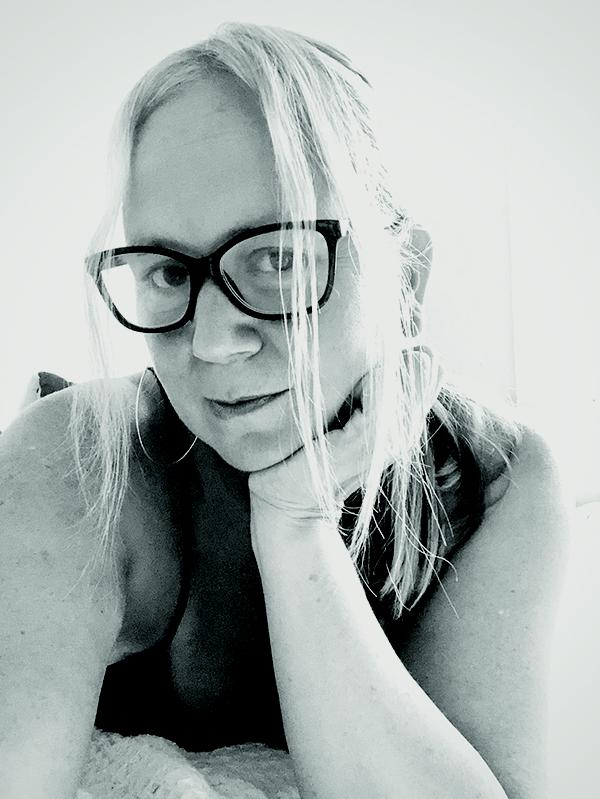
ALREADY A SUBSCRIBER? LOG IN
We are currently offering this content for free. Sign up now to activate your personal profile, where you can save articles for future viewing.

 In 2018,
In 2018, 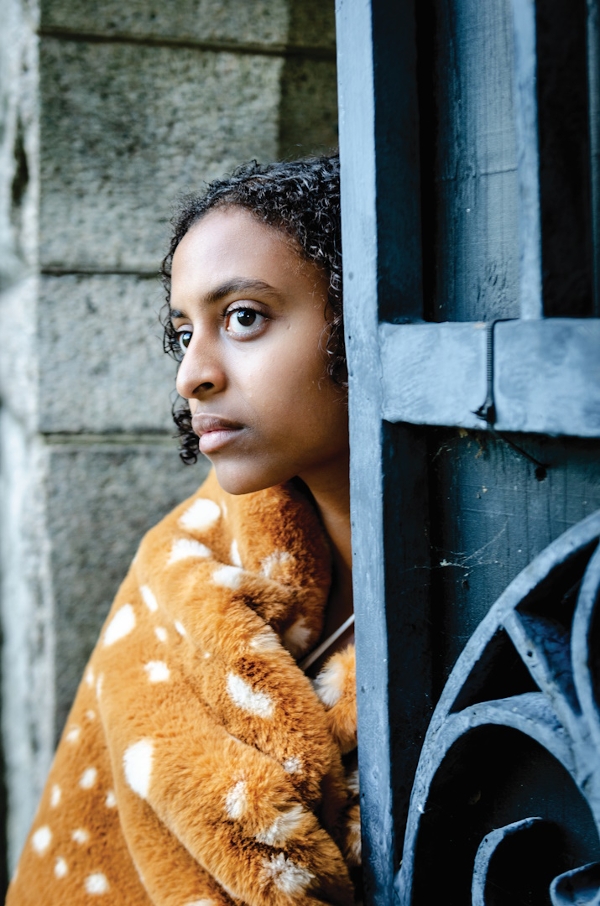


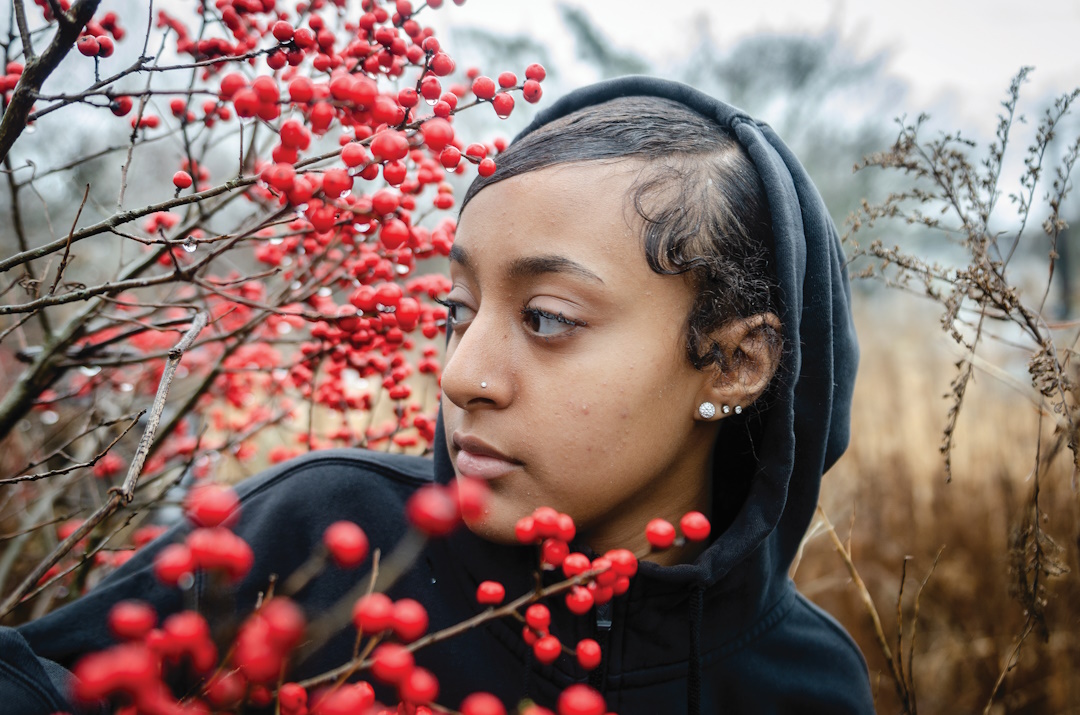





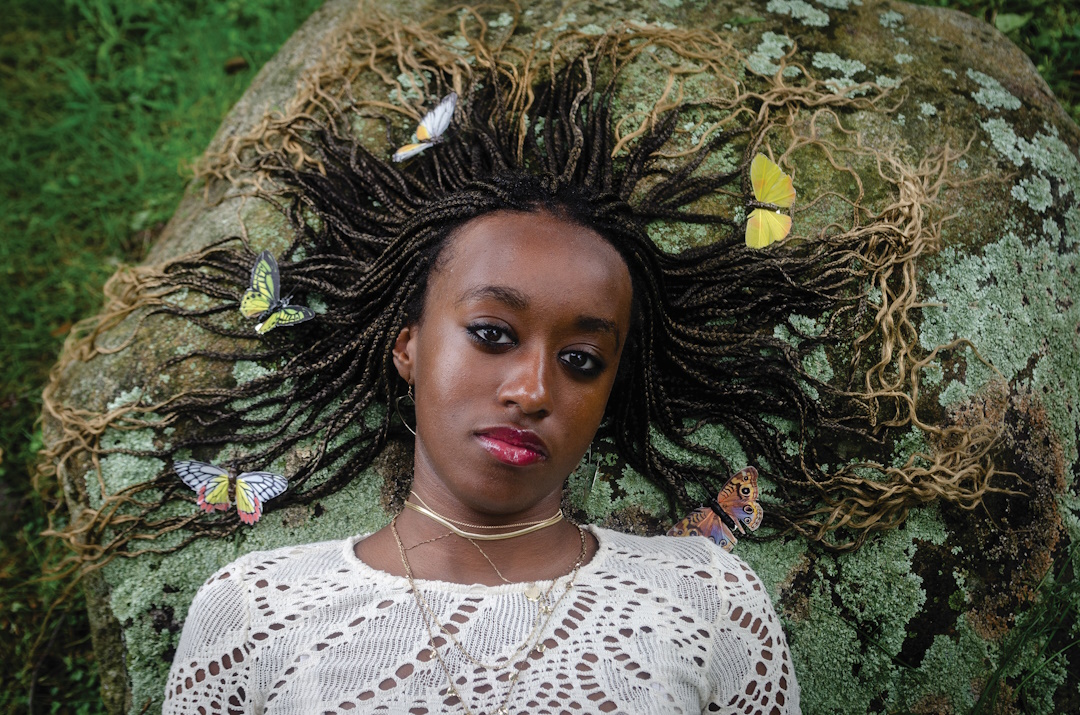
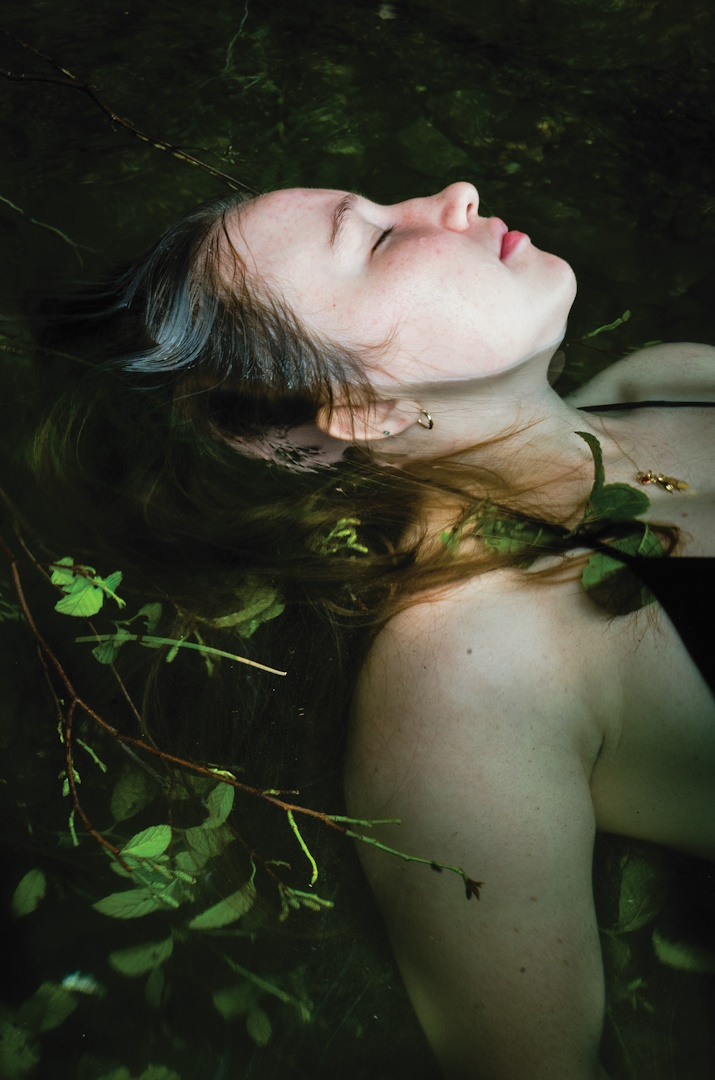





Add Comment :-
Be the first reader to comment.
Comment Policy:
Comment should not be empty !!!